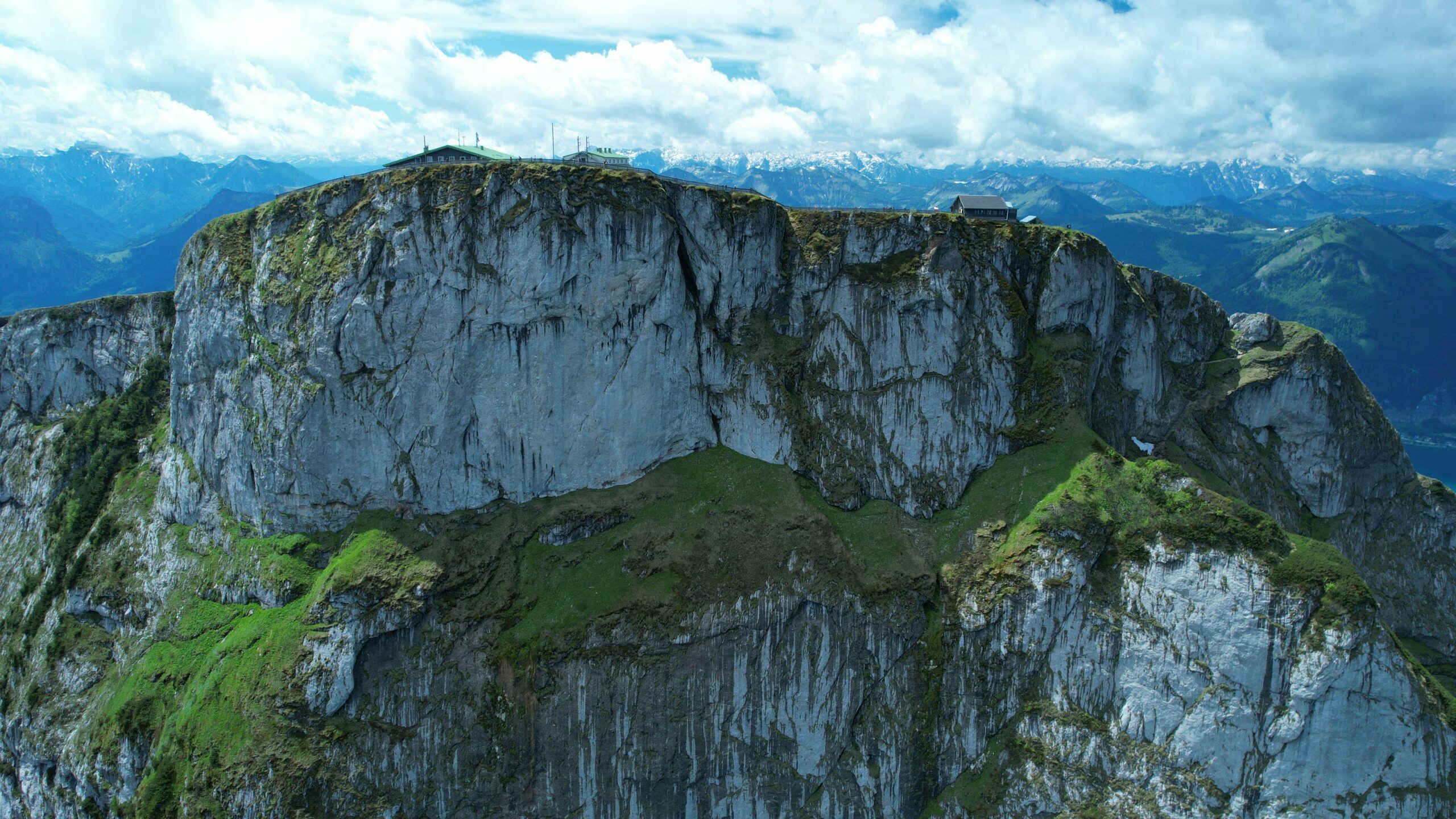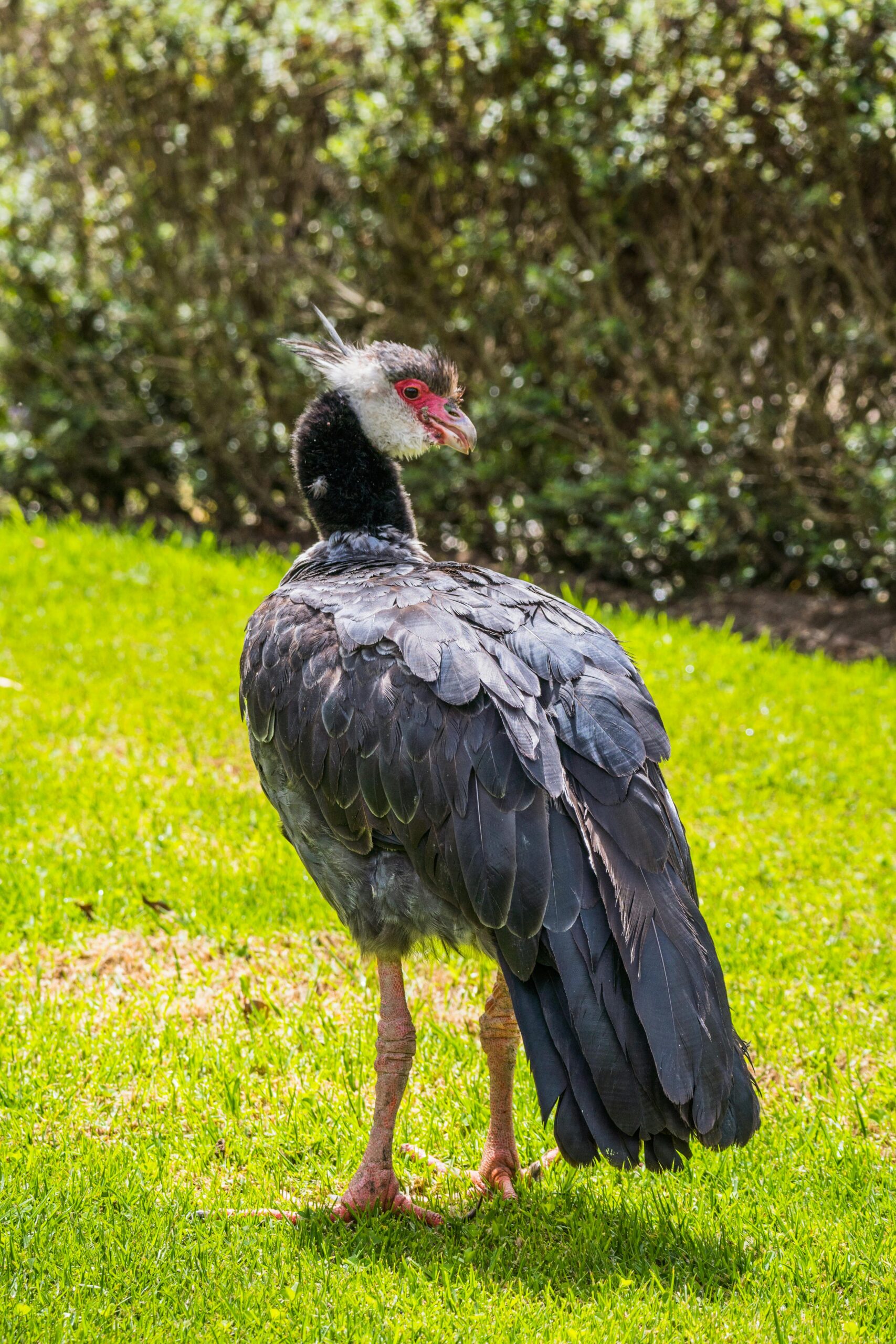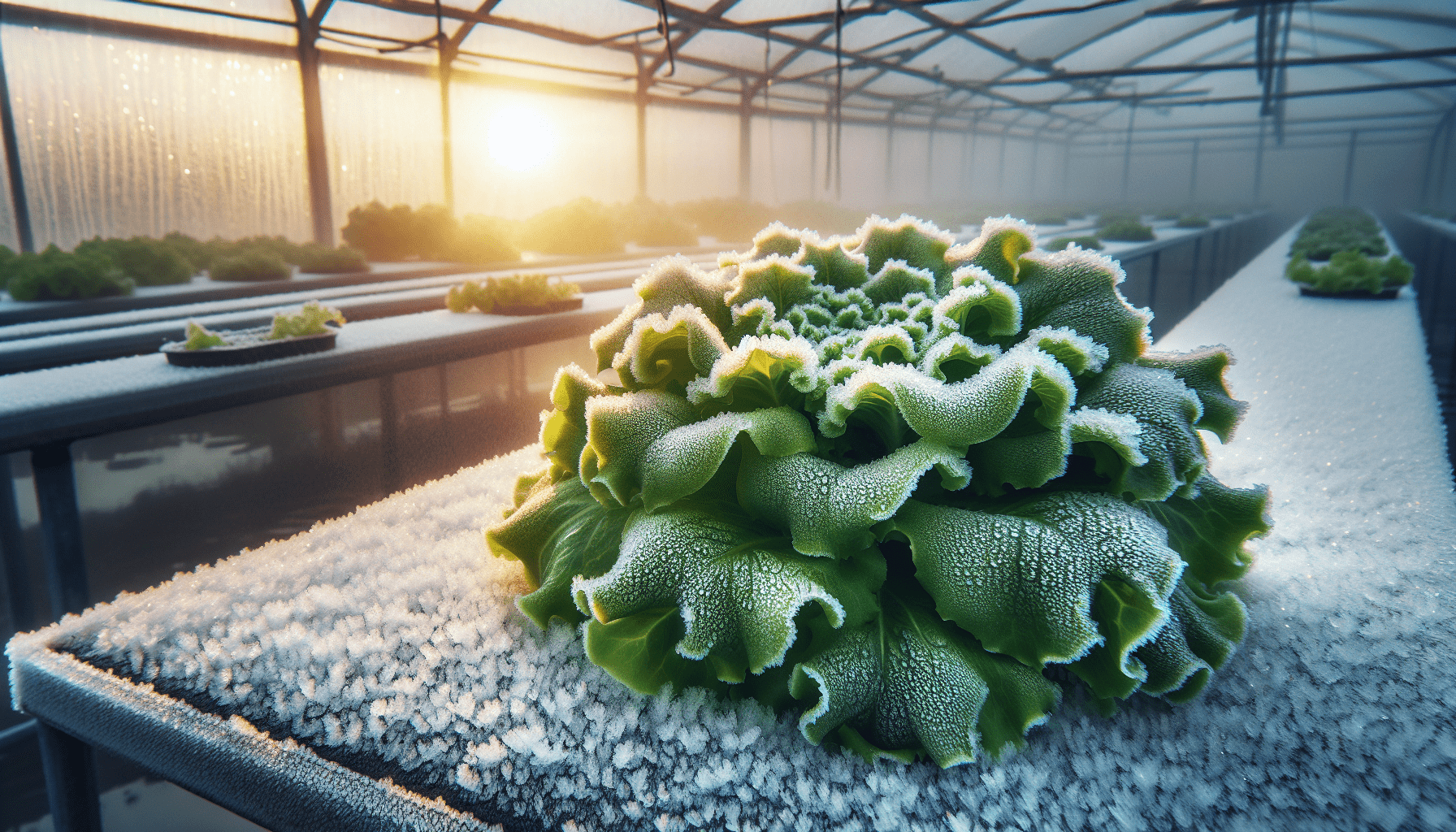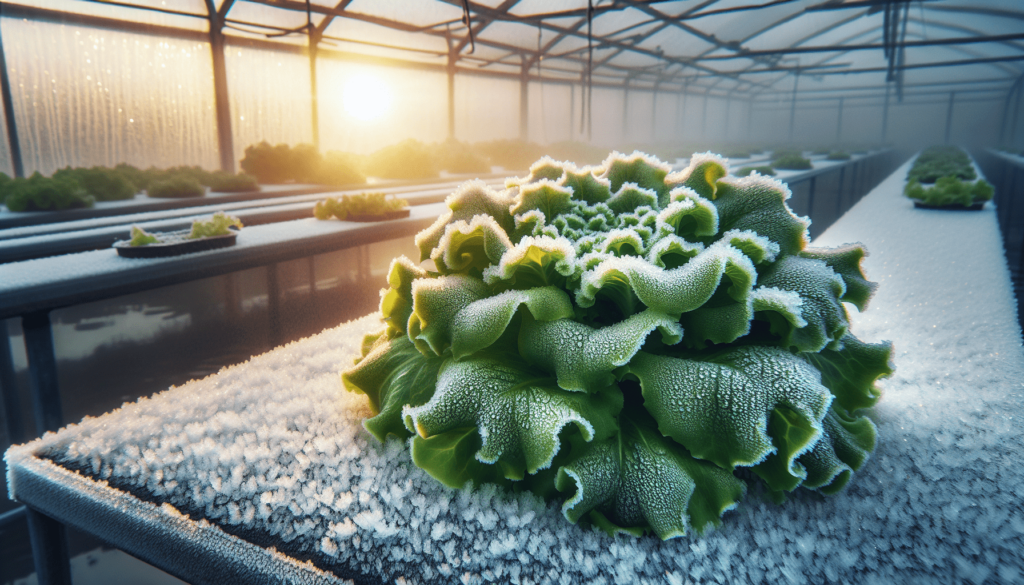Living in a northern climate doesn’t mean you have to give up on your dream of growing your own food. With the advancements in aquaponics and hydroponics, it is now possible to have a thriving garden indoors, even in the coldest of winters. By combining fish cultivation and hydroponic plant growth, aquaponics creates a self-sustaining ecosystem that can provide fresh produce year-round. So, if you’ve ever wondered whether you can use aquaponics or hydroponics in northern climates, the answer is a resounding yes! Discover how you can bring the beauty of nature indoors and enjoy the benefits of sustainable gardening in any climate.
Understanding Aquaponics and Hydroponics
Aquaponics and hydroponics are both innovative methods of cultivating plants without conventional soil-based techniques. These systems are gaining popularity worldwide due to their efficiency and sustainable nature.
What is aquaponics?
Aquaponics is a combination of aquaculture and hydroponics, creating a symbiotic relationship between fish and plants. In this system, fish waste provides nutrients to the plants, while the plants filter the water, creating a mutually beneficial environment.
What is hydroponics?
Hydroponics, on the other hand, involves growing plants in a nutrient-rich water solution, without using soil. The plants obtain all the necessary nutrients and oxygen directly from the water, leading to faster growth rates and greater yields.
Differences between aquaponics and hydroponics
While both aquaponics and hydroponics offer soilless growing methods, there are notable differences between the two. Aquaponics incorporates fish, which act as a natural fertilizer source, whereas hydroponics relies solely on nutrient solutions. Aquaponics systems require regular monitoring of water quality for both fish and plants, while hydroponics systems focus more on maintaining nutrient levels in the water.
Challenges of Northern Climates
Northern climates present unique challenges for aquaponics and hydroponics systems due to cold temperatures, limited sunlight, and seasonal changes.
Cold temperatures
The extreme cold temperatures in northern climates can pose challenges for maintaining optimal growing conditions. Plants and fish require specific temperature ranges to thrive, and it can be difficult to achieve and maintain these temperatures naturally in cold climates.
Limited sunlight
Northern climates also face limited sunlight, especially during the winter months when daylight hours are shorter. Adequate sunlight is crucial for plant growth, photosynthesis, and overall health. Without sufficient natural light, supplemental lighting becomes necessary.
Seasonal changes
The drastic seasonal changes in northern climates can make it challenging for aquaponics and hydroponics systems to adapt. Transitioning from warm summers to frigid winters requires careful planning and adjustments to ensure the survival and productivity of both plants and fish.

This image is property of images.pexels.com.
Adapting Aquaponics and Hydroponics to Northern Climates
Despite the challenges, it is possible to adapt aquaponics and hydroponics systems to thrive in northern climates with the right strategies and preparations.
Choosing the right system
When setting up an aquaponics or hydroponics system in a northern climate, it is essential to select a system that is specifically designed to withstand and function optimally in colder temperatures. There are various systems available, such as insulated systems or greenhouse setups, that can help mitigate the effects of the cold.
Insulation and temperature control
Effective insulation of all system components, including grow beds, fish tanks, and pipes, is crucial to prevent heat loss and maintain stable temperatures. Insulating materials, such as foam boards or insulating blankets, can help retain heat and create a more favorable environment for the plants and fish.
Supplemental lighting
To compensate for limited sunlight in northern climates, supplemental lighting is often necessary. LED grow lights are a popular choice, as they provide the specific light wavelengths needed for plant growth while consuming less energy. Carefully designing the lighting system to mimic natural daylight cycles is important for optimal plant development.
Benefits of Aquaponics and Hydroponics in Northern Climates
Aquaponics and hydroponics offer numerous benefits in northern climates, making them an attractive option for sustainable and year-round food production.
Extended growing season
One of the significant advantages of aquaponics and hydroponics in northern climates is the ability to extend the growing season. By controlling the environment and providing the necessary nutrients, plants can be cultivated year-round, even in regions with short summers.
Year-round production
Aquaponics and hydroponics systems allow for continuous production regardless of external conditions. By creating a controlled environment, plant growth can be sustained throughout the year, ensuring a constant supply of fresh produce despite the harsh winters.
Lower water usage
Compared to traditional soil-based agriculture, aquaponics and hydroponics consume significantly less water. In these systems, water is recirculated and reused, reducing water waste and making them ideal options for regions where water scarcity is a concern.

This image is property of images.pexels.com.
Best Plants for Northern Aquaponics and Hydroponics
Certain crops thrive better than others in northern aquaponics and hydroponics systems due to their resilience to colder temperatures.
Cold-tolerant leafy greens
Leafy greens such as spinach, lettuce, kale, and Swiss chard are excellent choices for northern climates. These cold-tolerant plants can withstand lower temperatures and still produce abundant harvests.
Herbs and spices
Many herbs and spices, such as basil, chives, mint, and thyme, can flourish in aquaponics and hydroponics systems in northern climates. Their smaller sizes make them easier to manage within the confined spaces often found in indoor setups.
Root vegetables
Root vegetables like radishes, carrots, and beets can also be grown successfully in northern aquaponics and hydroponics systems. With proper temperature control and ample nutrition, these crops can thrive despite the cold climate.
Recommended Fish Species for Aquaponics in Northern Climates
When considering fish species for an aquaponics system in northern climates, it is crucial to choose coldwater fish that can thrive in lower temperatures.
Coldwater fish species
Trout, perch, and catfish are popular choices for coldwater aquaponics systems. These fish are resistant to colder temperatures and can handle the fluctuations that occur in northern climates without compromising their health and growth.
Trout
Trout are not only resilient but also fast-growing fish, making them well-suited for aquaponics in northern climates. Their adaptability to various water conditions allows for greater flexibility in system management.
Perch
Perch is another coldwater species that thrives in northern climates. Known for their hardiness and ability to tolerate colder temperatures, perch can be a reliable fish choice for sustaining an aquaponics system in colder regions.

This image is property of images.pexels.com.
Success Stories and Case Studies in Northern Aquaponics and Hydroponics
Real-life examples of successful aquaponics and hydroponics systems in northern climates demonstrate the feasibility and potential of these sustainable farming methods.
Real-life examples
One inspiring case is the Lufa Farms in Montreal, Canada. They have created commercial rooftop greenhouses that employ hydroponics to grow fresh produce year-round. The controlled environment allows for efficient use of space and resources, giving a significant boost to local food production.
Community initiatives
Northern communities have also embraced aquaponics and hydroponics as a means to increase access to fresh food and promote local self-sufficiency. Community initiatives in regions like Alaska and Scandinavia have shown how these systems can contribute to food security in remote areas.
Commercial ventures
In addition to community-based initiatives, many commercial ventures have emerged in northern climates that focus on aquaponics and hydroponics. These businesses cater to local markets, providing fresh and sustainably grown produce throughout the year.
Tips for Building and Maintaining a Northern Aquaponics or Hydroponics System
Building and maintaining a successful aquaponics or hydroponics system in a northern climate requires careful planning and attention to specific considerations.
Design considerations
In northern climates, it is important to design the system with insulation and heat retention in mind. Having an enclosed structure, such as a greenhouse, helps create a more controlled environment and reduces heat loss. The layout should also allow for efficient water and nutrient distribution.
Choosing suitable equipment
Selecting equipment suitable for colder climates is essential. Insulated fish tanks, efficient heating systems, and climate control equipment are necessary components to ensure stable conditions within the system. High-quality pumps, filters, and a backup power supply should also be considered for system reliability.
Maintenance and troubleshooting
Regular monitoring of water quality parameters, such as temperature, pH, and nutrient levels, is crucial in northern aquaponics and hydroponics systems. Maintaining proper system balance and troubleshooting any issues promptly is key to maximizing plant and fish health.

Supporting a Sustainable Future in Northern Climates
By embracing aquaponics and hydroponics in northern climates, communities and individuals can contribute to a sustainable future in various ways.
Reduction of food miles
By growing food locally, aquaponics and hydroponics reduce the distance that food needs to travel to reach the consumer. This significantly reduces carbon emissions associated with transportation and supports the local economy.
Environmental benefits
Aquaponics and hydroponics systems minimize the use of chemical pesticides and fertilizers, reducing environmental pollution. The closed-loop nature of these systems also conserves water resources and promotes efficient use of land and energy.
Educational opportunities
Implementing aquaponics and hydroponics in northern climates can provide valuable educational opportunities. Schools, community centers, and learning institutions can incorporate these systems into their curriculum, teaching valuable skills related to sustainable farming and nurturing a deeper understanding of ecosystems.
Conclusion
Aquaponics and hydroponics in northern climates are not only possible but also offer unique advantages. The challenges posed by cold temperatures, limited sunlight, and seasonal changes can be overcome with proper planning and the right system adaptations. By harnessing the benefits of these soilless growing methods, communities and individuals in northern climates can create a sustainable, year-round food production system while minimizing water usage and reducing their environmental footprint. With the right support, the feasibility of aquaponics and hydroponics in northern climates presents opportunities for growth, innovation, and a greener future. So why not take the first steps towards building and maintaining a thriving aquaponics or hydroponics system in your northern climate?


